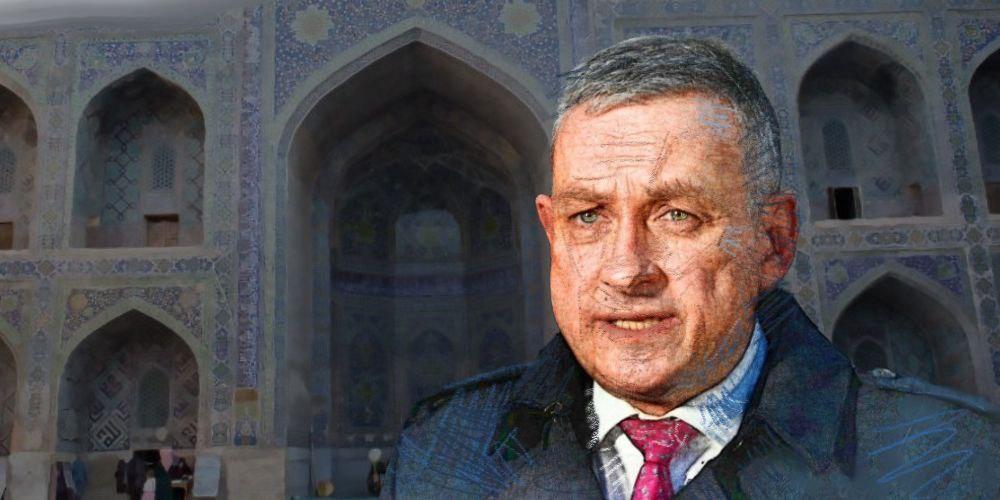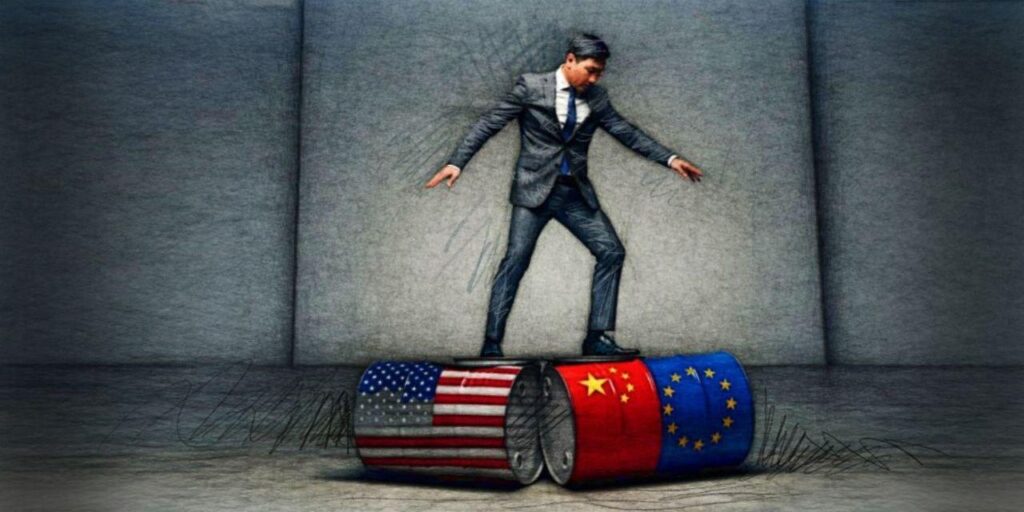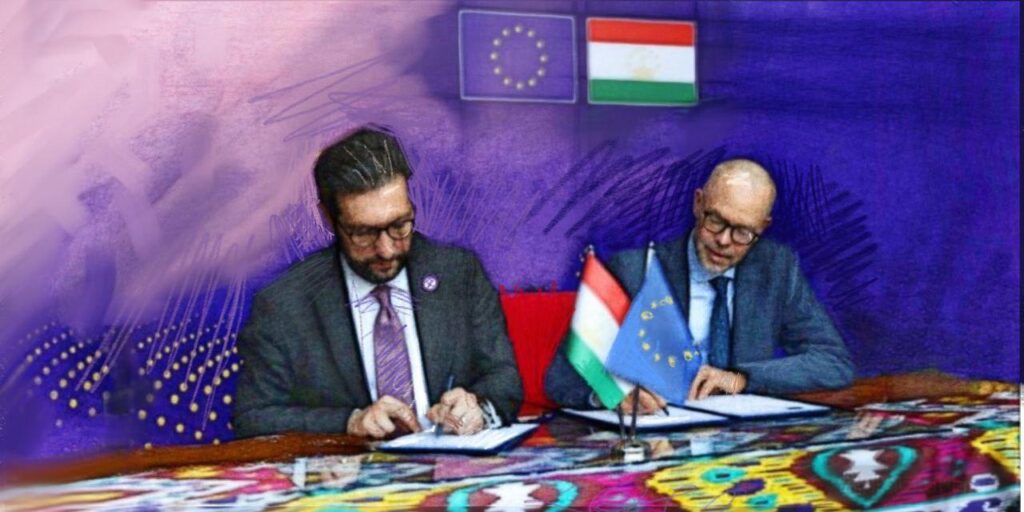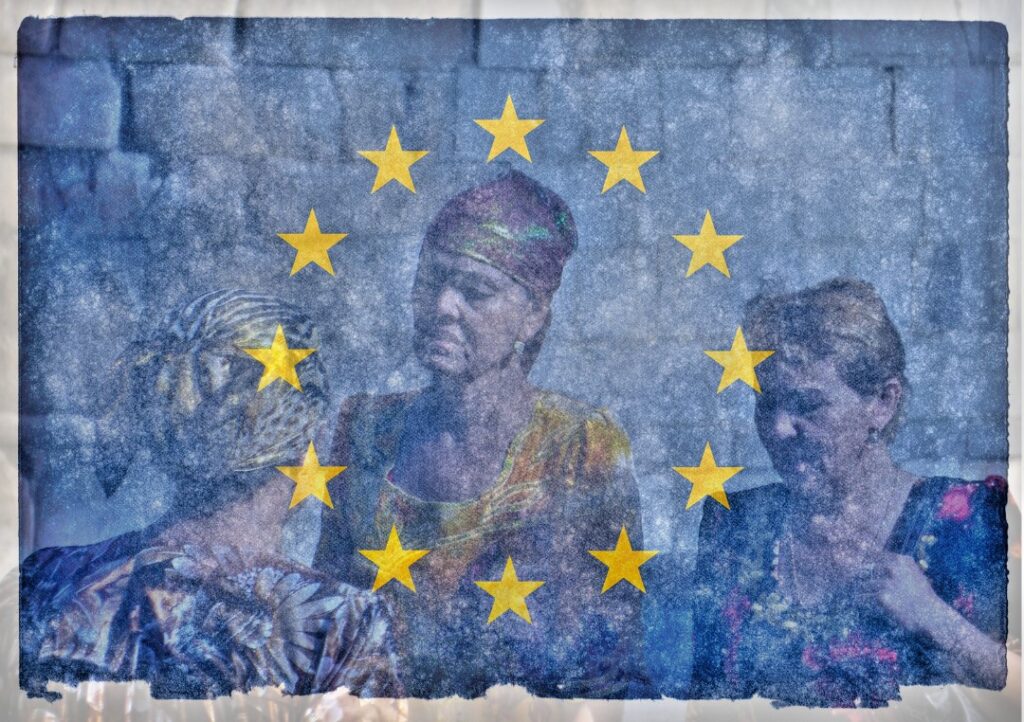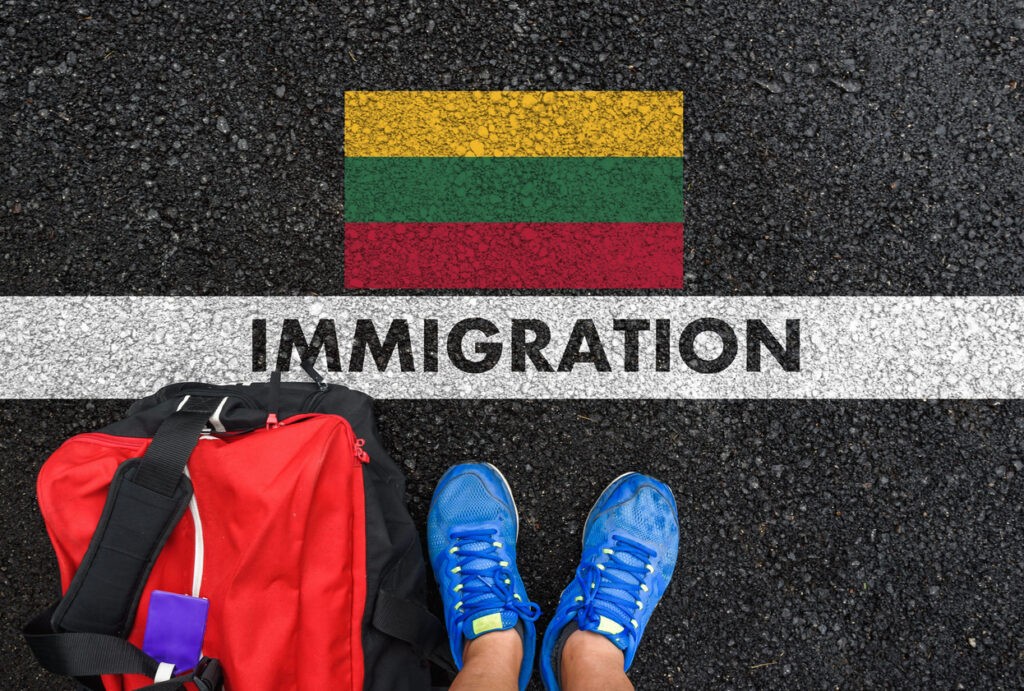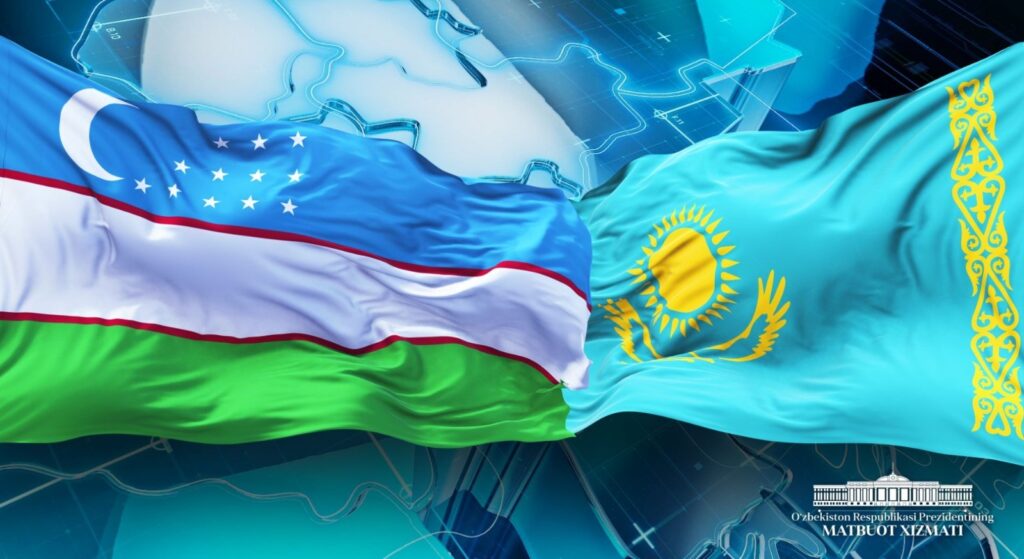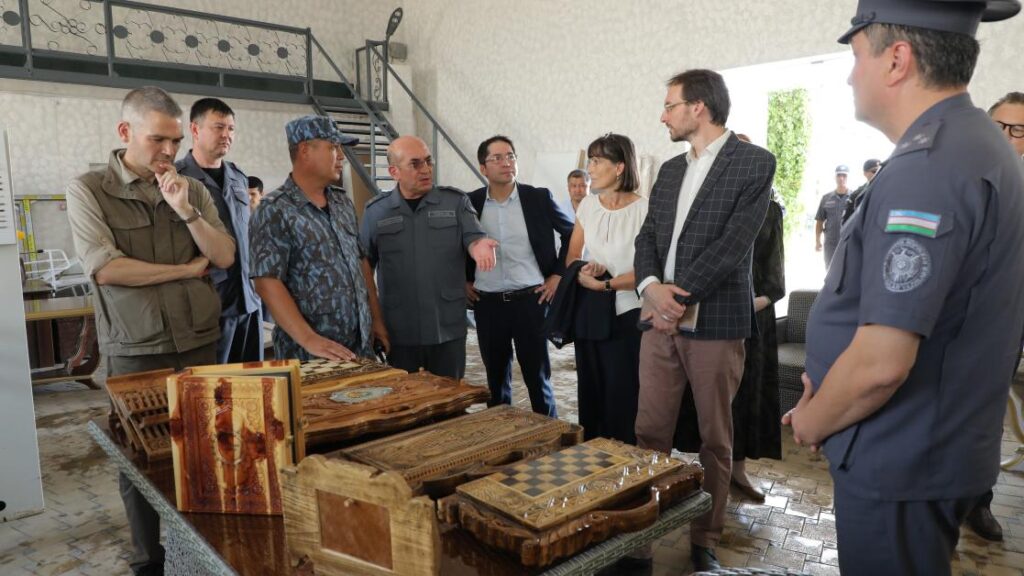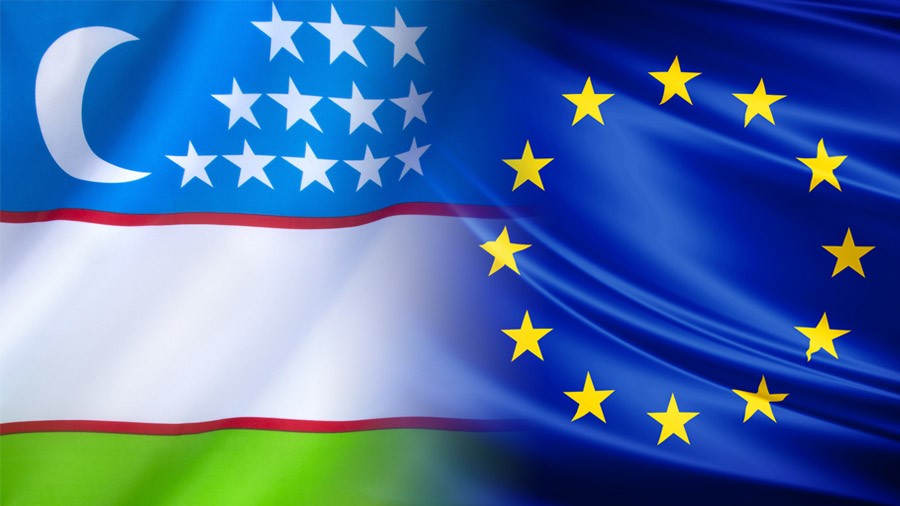As the United States and Russia reportedly aim to create a new global security architecture, other major actors in the international arena are working to improve their positions in the redefined world order. Often underestimated in terms of its geopolitical influence, the European Union has actively focused its attention on the post-Soviet space, particularly the strategically important Central Asian region.
The EU, despite Russia’s and the United States’ attempts to undermine its role in the settlement of the Ukraine War and to portray it as a “geopolitical dwarf”, is seeking to increase its presence in global affairs. In Central Asia, the 27-nation bloc is often viewed as a key actor that Kazakhstan, Uzbekistan, Kyrgyzstan, Tajikistan, and Turkmenistan can rely on to balance China’s growing dominance, as well as their security and dependence on Moscow.
The EU’s desire to strengthen cooperation with Central Asia can be seen as Brussels’ attempt to reduce Russia’s influence in the region. Indeed, bogged down in Ukraine, Moscow is slowly but surely being pushed out of Central Asia – a region that has traditionally been within the Kremlin’s geopolitical orbit. As a result, China has managed to significantly increase its economic presence in all five Central Asian nations. The EU is now attempting to do the same.
The recent visit of the European Commissioner for International Partnerships Jozef Síkela to Central Asia, as well as the upcoming EU-Central Asia summit scheduled for April 3-4, 2025 in Samarkand, clearly indicates the intensifying geopolitical competition between the EU and China over the region. One of Síkela’s major goals was to expand the scope of the EU’s investment strategy, Global Gateway, in Central Asia.
The project, launched in 2021, is often viewed as the EU’s version of China’s Belt and Road Initiative (BRI). As part of its strategy to increase its economic presence in Central Asia, the European Union seems to have four priorities: the development of transport infrastructure (particularly the Trans-Caspian International Transport Route, also known as the Middle Corridor), cooperation in raw materials, digital connectivity, and the development of the water resources, energy, and climate sectors.
The problem for Brussels is that China, due to its proximity to Central Asia and the lack of bureaucratic procedures, is ahead of the EU in most, if not all of these areas. Beijing has had 12 years to strengthen economic ties with the region through the BRI. As a result, in 2024, China’s overall turnover with Central Asia reached $94.8 billion, nearly double the EU’s trade volume with the region in 2022, which stood at $47 billion.
Last year, the world’s second-largest economy replaced Russia as Kazakhstan’s biggest trade partner. In neighboring Uzbekistan, it remains the top trading partner, while in Tajikistan, over the past 18 years, China has become the major investor in the landlocked nation’s economy. The same applies to Tajikistan and China’s neighbor Kyrgyzstan.
The European Union, however, is now intensifying its efforts to position itself as a major foreign power operating in Central Asia. According to the EU Delegation to Uzbekistan, the upcoming summit in Samarkand will present a “key opportunity for the EU to demonstrate its geopolitical interest in intensifying bilateral engagement and enhance regional cooperation with Central Asia.”
For Brussels, critical minerals, along with natural gas and oil, play perhaps the most important role in its Central Asia strategy. The 27-nation bloc has already signed memoranda of understanding with Kazakhstan and Uzbekistan on raw materials, while it is also eyeing establishing closer energy ties with gas-rich Turkmenistan. The EU is aiming to help Ashgabat integrate into regional and global trade networks and to take part in the modernization of the nation’s infrastructure. Such an approach aligns perfectly with the EU’s 2019 New Strategy for Central Asia, which emphasizes the growing strategic importance of the region for the interests of the European Union.
In other words, the EU’s goals in Central Asia are not much different from U.S. President Donald Trump’s ambitions of gaining access to Ukraine’s natural resources. Unlike the American leader, however, the European Union is not in a position to issue ultimatums. Fully aware of that, the EU is seeking to increase its soft power in the region. Its plans to improve internet connections in remote rural areas in Kazakhstan, Uzbekistan, Kyrgyzstan, and Tajikistan perfectly illustrate Brussels’ strategy to strengthen influence in the region by winning the hearts and minds of the local population.
Moreover, given the fundamental transformation of USAID and the Trump administration’s reluctance to allocate billions of dollars for grant projects, the EU has the opportunity to seize the initiative and expand its presence in Central Asia by funding local non-governmental organizations and media. Euronews’ ambitions to develop media cooperation with Turkmenistan could be interpreted as one of the first steps in that direction.
Central Asian nations, on the other hand, see the EU as a counterbalance to the growing Chinese economic dominance in the region. For them, cooperation with the 27-nation bloc could be a chance to diversify their foreign trade and attract additional investments for the development of infrastructure and other key sectors of their economies.
Although policymakers in Beijing are undoubtedly aware that the EU, in the long-term, could become China’s major competitor in Central Asia, the People’s Republic does not seem to oppose Brussels’ plans to develop the Trans-Caspian Transport Corridor. The route – beginning in China and running through Kazakhstan, the Caspian Sea, Azerbaijan and Georgia, and on into Europe – effectively bypasses Russia, and reduces delivery times between Europe and China to 15 days. From a purely economic perspective, the Middle Corridor benefits China’s cooperation with Europe.
More importantly, Ukrainian officials claim that some goods from China will be transported to Europe through Ukraine via the Trans-Caspian Transport Corridor, suggesting that Russia may eventually stop playing the role of a transit country. As a result, the Kremlin may have a hard time preserving remnants of its influence in Central Asia, where the EU and China could soon start a geopolitical battle for dominance.
